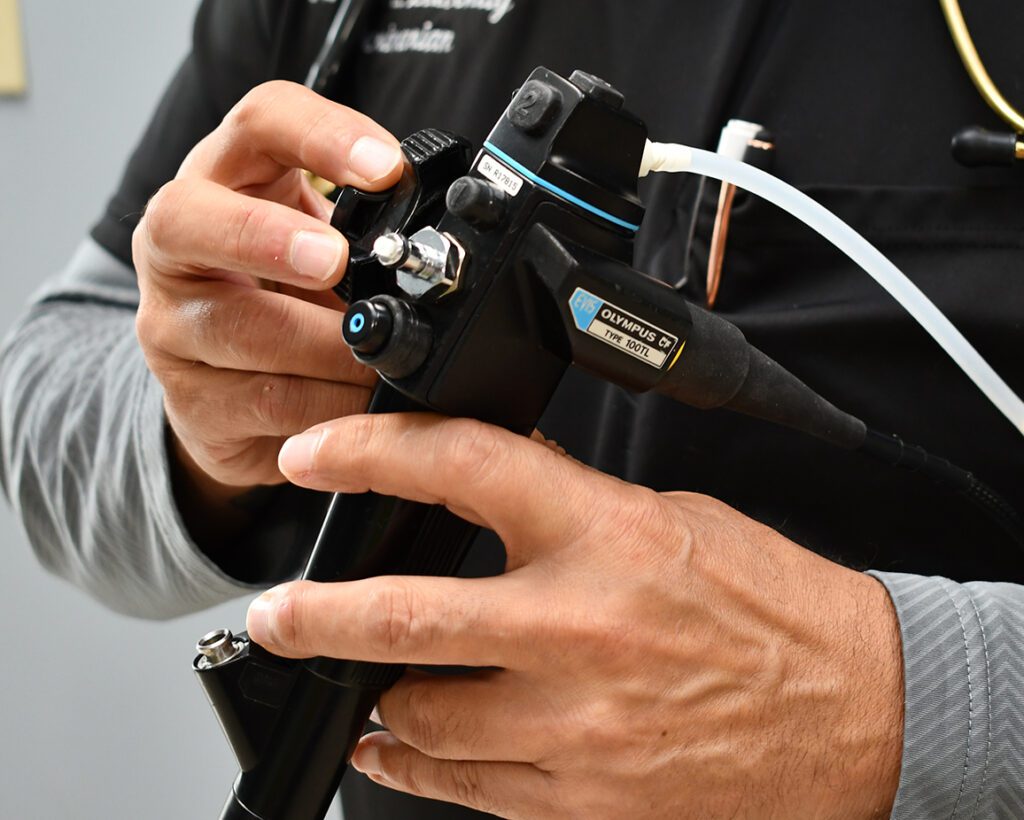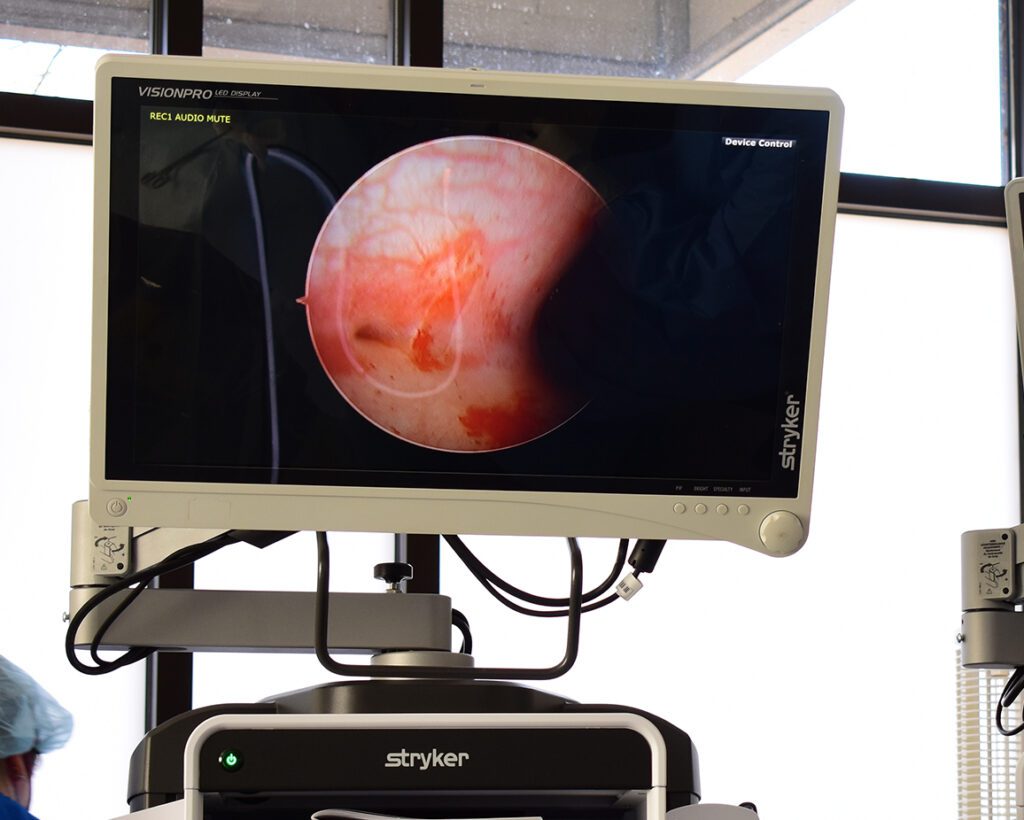
Endoscopy For Pets
Endoscopy for pets is a minimally invasive diagnostic and therapeutic procedure used to examine the inside of an animal’s body, primarily the gastrointestinal tract, airways, or nasal passages. It involves the use of a flexible tube called an endoscope, which is equipped with a small camera and a light source. The procedure allows veterinarians to visually inspect and, in some cases, treat internal structures without the need for invasive surgery.
Endoscopy is a valuable tool for both diagnosing and treating various conditions in a less invasive manner, and there are numerous advantages of endoscopy for pets, including:
Minimally Invasive: Since endoscopy does not require large incisions, recovery time is generally quicker compared to traditional surgery.
Fewer Complications: There is less risk of infection or other complications with endoscopy because it is a less invasive procedure.
Quicker Diagnosis: It provides an immediate visual inspection, allowing for quicker diagnoses and faster treatment plans.
Diagnostic Uses for Endoscopy
- Gastrointestinal Issues: It is often used to examine the stomach, esophagus, and intestines. This is especially useful in cases of vomiting, diarrhea, or suspected foreign body ingestion. The vet can observe the condition of the internal linings and even take biopsies if needed.
- Respiratory Issues: Endoscopy can be used to examine the airways and lungs if a pet is having difficulty breathing, coughing, or has nasal discharge.
- Ear or Nasal Problems: In cases of chronic ear infections or nasal problems, endoscopy can be used to examine the ear canal or nasal passages.
Additional Uses for Endoscopy
- Foreign Body Removal: If an object is stuck in the gastrointestinal tract or airway, an endoscope may allow the vet to remove it without surgery.
- Biopsies: Small samples of tissue can be taken using the endoscope, which can help diagnose issues like cancer or infections without needing major surgery.
- Balloon Dilation: If there is a stricture (narrowing) in areas like the esophagus, balloon dilation can be performed using an endoscope to widen the area.
Client Reviews


